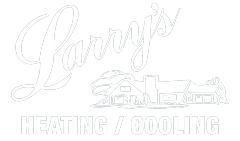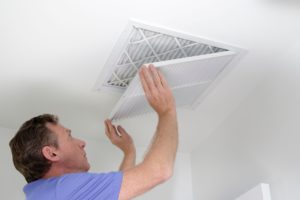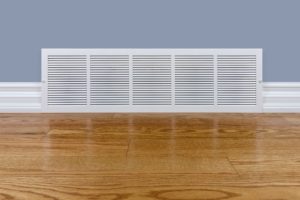When you search for heating systems, you will be faced with many types to choose from. These types are generally categorized into central heat, direct heat, and state of the art heating systems.
Heating systems have three requirements, a warm air source, a channel to distribute the warm air into all the necessary rooms, and a control system.
Central vs. Direct Heat Systems
Central heat systemsdistribute heat throughout the house using ducts or radiators, whereas direct heat systems are space heaters and neither use ducts nor radiators.
The principle behind heating systems is to move heat from warm air surfaces into cooler areas.
Warm Air Sources
Warm air sources under central heat systems are furnaces, heat pumps, or boilers.
Furnaces
In a furnace, fuel like gas or oil burns to produce a fire. The fire burns a metal heat exchanger, which then produces hot air.
Furnace fans then push the hot air to cooler areas via ducts.
Unwanted combustion products are forced out of your house through flue pipes.
Heat pumps
A heat pump uses electricity to gather warm air from outside the house then distributes this heat using forced warm air delivery systems.
Heat pumps come in two types: air source heat pumps scavenge for warm air in the outdoor atmosphere, whereas their ground source counterparts source their heat underground.
Boilers
Boilers use oil or natural gas to heat water.
Pumps then distribute the hot water around the house through pipes, radiators, or plastic tubing fixed on the ceiling, floor, or walls.
When the water cools, it is pumped back to the boiler for reheating.
An alternate form is steam boilers. Here, boilers heat water until it evaporates to steam. It is the steam that heats the rooms. On cooling, the steam condenses back to water and is pumped back to the boiler. Steam boilers are seldom used today.
Warm Air Distribution
To heat your home, the warm air or water has to be distributed throughout your house. Distribution is accomplished through forced-air, gravity, or radiant systems.
Forced-air systems
This uses electricity to power a fan called a blower. The blower forces warm air to all rooms then pumps back cooler air to warm air sources to be heated.
Gravity systems
Cool air is denser than hot air; hence, hot air rises whereas cool air falls. In this system, the furnace is located on the floor.
The furnace heats the air, which rises and heats the room. When that air cools, it sinks, then is heated by the furnace again.
Radiant system
This system uses electricity or hot water to warm radiators. The radiators then warm the floors, walls, or ceilings they are embedded in, which in turn warms up air in the rooms.
This system’s shortfalls are that the pipes often get blocked by mineral deposits, and the boilers that heat up water are prone to damage, hence requiring frequent repairs.
The Control Systems
Control systems are used to turn on or turn off heating systems.
The thermostat is the most common regulatory system which keeps the temperature at a particular set point. A programmable thermostat is highly recommended.
Additionally, furnaces are fitted with a high-temperature limit switch that turns off the furnace when the temperature rises exceedingly.
Meet us! Expert Heating, Cooling and Furnace Repairs in Yankton, SD
At Larry’s Heating and Cooling, we pride ourselves in providing fast, professional heating and repair services. We are available around the clock because heating systems do not consider the time of the day when they decide to break down.
Our joy lies in making your family comfortable all-year-round. Feel free to contact us today for any of your heating needs, and we will be more than willing to assist.





